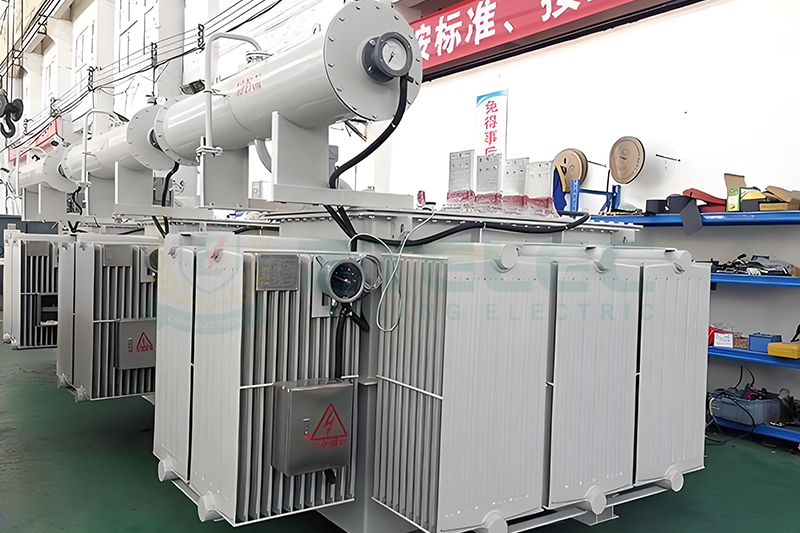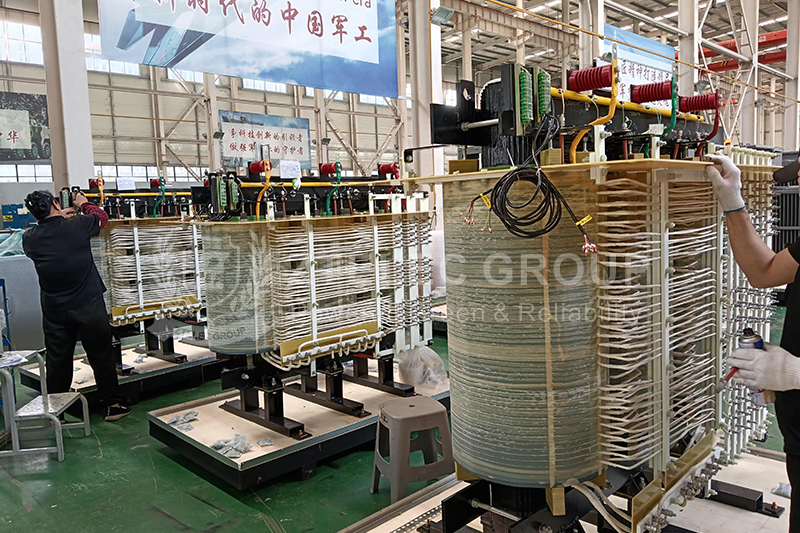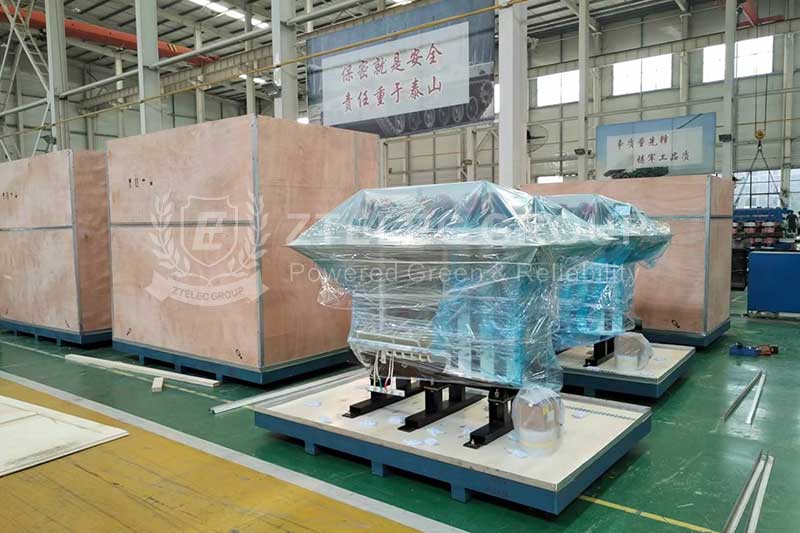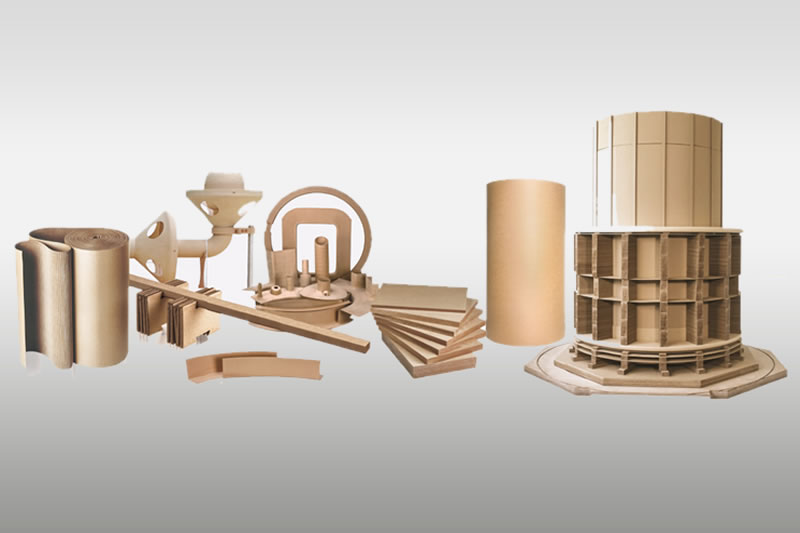Guide to Selecting Oil-Immersed Transformer Capacity: Avoiding Common Selection Mistakes
Selecting the correct oil-immersed transformer capacity is a crucial decision that directly affects the efficiency, reliability and long-term operating cost of a power system. A properly sized transformer ensures stable performance and reduces energy loss, while improper selection may lead to unnecessary energy waste, higher maintenance expenses and even equipment failures. Many buyers mistakenly assume that a larger transformer is always better or prioritize the lowest purchase price, overlooking scientific capacity design principles. This guide explains the correct method for determining transformer capacity and highlights common mistakes that should be avoided.

Why Proper Transformer Capacity Selection Matters
Transformer capacity, measured in kilovolt-amperes (kVA), indicates the maximum apparent power the transformer can safely handle. Choosing the wrong capacity results in several problems. If the transformer is undersized and frequently overloaded, insulation aging accelerates, temperature rises excessively and service life is shortened. In severe cases, failures or fire hazards may occur. Oversized transformers, on the other hand, commonly operate under light load, which significantly reduces efficiency and increases no-load losses. This leads to long-term energy waste and unnecessary capital investment. Scientific capacity selection aims to meet current and future load requirements while maximizing efficiency and minimizing lifecycle cost.
Four Major Oil-Immersed Transformer Selection Mistakes
Mistake 1: Oversized Capacity
Oversized transformers operate with low load for most of their service life. In such cases, no-load losses become the main form of energy consumption, resulting in poor operational efficiency and increased electricity bills.
Solution: Use scientific load calculations and aim for a transformer load factor between 40% and 70%, which represents the optimal efficiency range.
Mistake 2: Prioritizing Initial Purchase Cost Over Total Cost of Ownership (TCO)
A transformer’s purchase price accounts for only a small portion of its overall cost. More than 90% of the expenditure over its 20–30 year lifespan comes from energy consumption.
Solution: Conduct a Total Cost of Ownership (TCO) analysis using the formula:
TCO = Initial price + (No-load loss × Electricity price × Hours) + (Load loss × Electricity price × Hours × Load factor²)
Select the transformer with the lowest TCO, not the lowest purchase price.

Mistake 3: Ignoring Harmonics in the Load
Modern facilities such as factories, data centers and commercial buildings use equipment like inverters and rectifiers that generate harmonics. Harmonics increase eddy-current and stray losses, cause additional heating and reduce transformer capacity.
Solution: If total harmonic distortion (THDi) exceeds 5%, consider a K-factor transformer or apply an appropriate derating factor.
Mistake 4: Not Considering Dynamic Load Changes and Peak Demand
Some electrical loads—such as large motors or welding equipment—produce short-term surge currents. Sizing the transformer based only on peak loads often results in oversizing and long-term inefficiency.
Solution: Analyze the load curve. Transformers have natural short-term overload capabilities that can be utilized without oversizing.
Application Scenarios and Selection Recommendations
Different applications require different transformer capacity strategies. Industrial plants often experience wide load variations, so selecting capacity with 20%–30% additional reserve is recommended. Commercial complexes feature diverse loads such as HVAC, elevators and lighting, requiring consideration of the simultaneity factor. Data centers have high-density loads and require reliable capacity redundancy, making a 15%–25% capacity increase advisable. Renewable energy stations such as solar and wind farms also require transformers capable of handling grid fluctuations and future expansion.
Selecting the right oil-immersed transformer capacity requires balancing present demand with future growth, and initial cost with long-term operational efficiency. By avoiding common mistakes such as oversizing, ignoring harmonics or focusing solely on purchase price, you can ensure reliable, energy-efficient and cost-effective transformer operation.
- more+releated article
- 2025-12-13How to Select and Use Phenolic Cloth-base Lami
- 2025-12-13How Much Does Bakelite Sheet Cost? 2025 Price
- 2025-12-13Why are most 3240 epoxy boards yellow?
- 2025-12-13What are the Main Applications of FR4 Epoxy Bo
- 2025-12-13Why Does the Price of Insulating Paperboard Va
- 2025-12-13Heat-Resistant DDP Insulation Paper
- 2025-12-13Comparison of Heat-Resistant DDP Insulating Pa
- 2025-12-13G10 and FR4 Epoxy Boards: Commonly Used for Ge
- 2025-12-13The Price of Heat-Resistant DDP Insulation Pap
- 2025-12-13How to Choose Epoxy Laminate Materials for Gen





